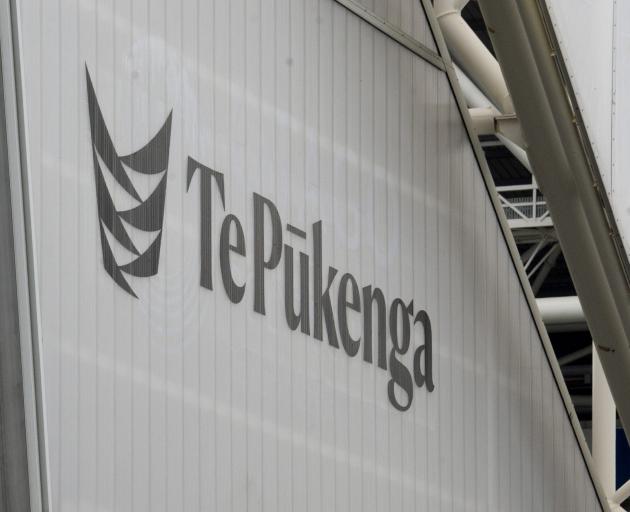
Te Pūkenga, the country’s largest tertiary education and training provider, unveiled its new operating structure yesterday.
It has more than 10,000 staff, including about 1800 in the West Coast, Canterbury, Otago and Southland regions.
Of those staff, 71 will be affected in these regions, with 46 new roles to be created.
Overall, it is expected that the new structure will result in 200 fewer full-time equivalent (FTE) roles across the national network.
TEU organiser Daniel Benson-Guiu said there was a "lot to unpack" for all staff.
"We’re working with all of our members to help them get their heads around it," Mr Benson-Guiu said.
"These changes are so big, and will take time to be embedded in.
"For those affected, there will be a mix of despondency and consternation.
"But TEU members who are affected are also keen to carry on working within the system, which only shows their dedication to vocational education."
The level of engagement was reflected in the fact the national vocational institution received more than 8000 submissions on the initial proposal in June, which suggested cutting more than 400 jobs across the national network, Mr Benson-Guiu said.
"A lot of the tone has changed since June, mostly for the better," he said.
"I do believe Te Pūkenga has a long way to go, but they are now saying the right things about vocational education."
In February 2019, the government announced that the country’s 16 Institutes of Technology and Polytechnics (ITPs) would merge to form the new organisation; the merger was effective in April 2020.
The institution ran up an $80 million deficit last year and was expecting this year’s result would be worse than the $27m deficit it originally forecast.
Chief executive Peter Winder said transition to the new structure would be phased over the next few months, to minimise disruption.
"The new structure is designed to enable us to serve all learners wherever they live in Aotearoa New Zealand — providing access to standardised national qualifications that better match industry needs and the ability to move more easily between different regions," Mr Winder said.
"We aim to create equitable access for all, particularly those traditionally under-served by the education system, including Māori, Pacific and disabled learners.
"Our network enables people to better take advantage of the combinations of on-campus, on-the-job and online training that learners and employers increasingly demand."
Mr Benson-Guiu said the union had done a lot of work to ensure the new system would be "better, simpler and more thorough".
"We believe there is light at the end of the tunnel," he said.












